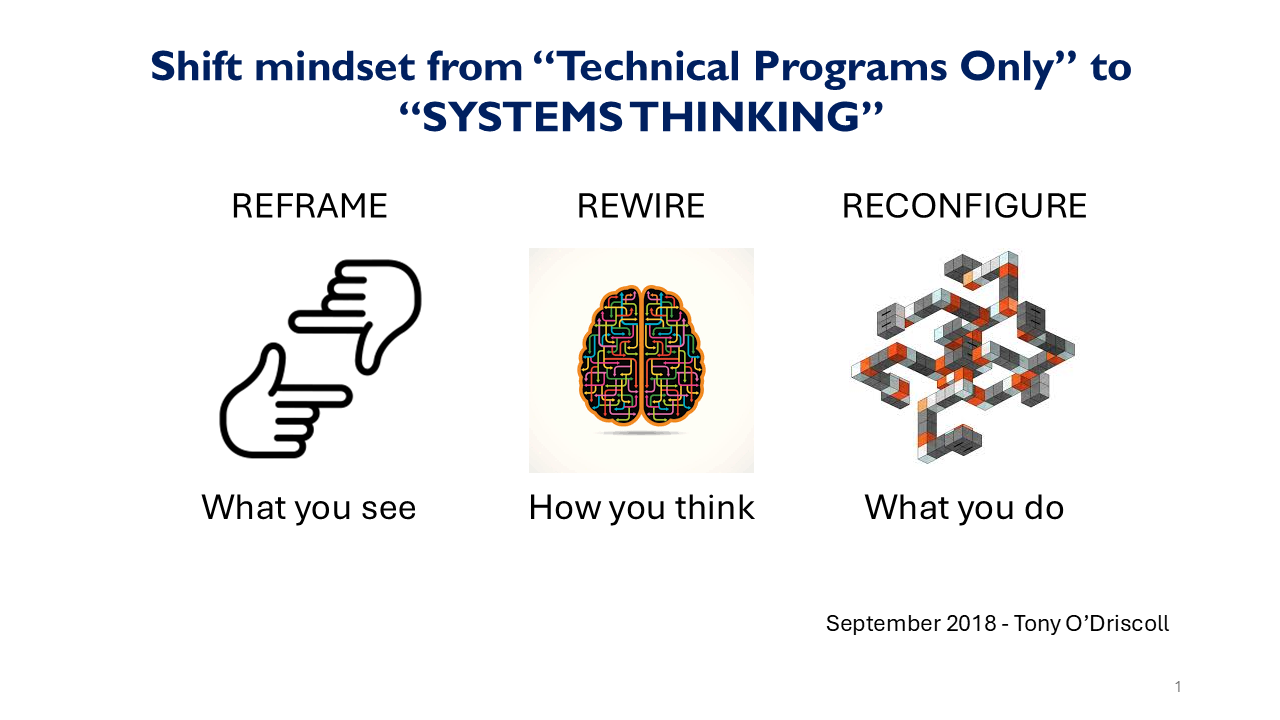Our Tools and Approaches for Systems Thinking Promotes Sustainable Solutions
-

Distinctions
Step 1: Define what this system is. What is important about this distinction? Why does it matter?
Compare this system with other systems.
What are the similarities, what are the boundaries, and the limitations of our system?
-

Systems
Step 2: Look at the whole system and learn how it operates. Identify and study the sub-parts.
Which parts of the system works well, which parts do not?
Which parts need technical assistance, funding, coordination, different actors?
-

Relations
Step 3: A change in one system affects the other systems and in turn all systems keep changing based on the feedback loops.
What are the relations with other systems?
How these relations work?
-

Perspectives
Step 4: Look at the system from different perspectives. Who are the stakeholders (communities, donors, public, private sectors) and what are their perspectives on this system? How do they differ?

